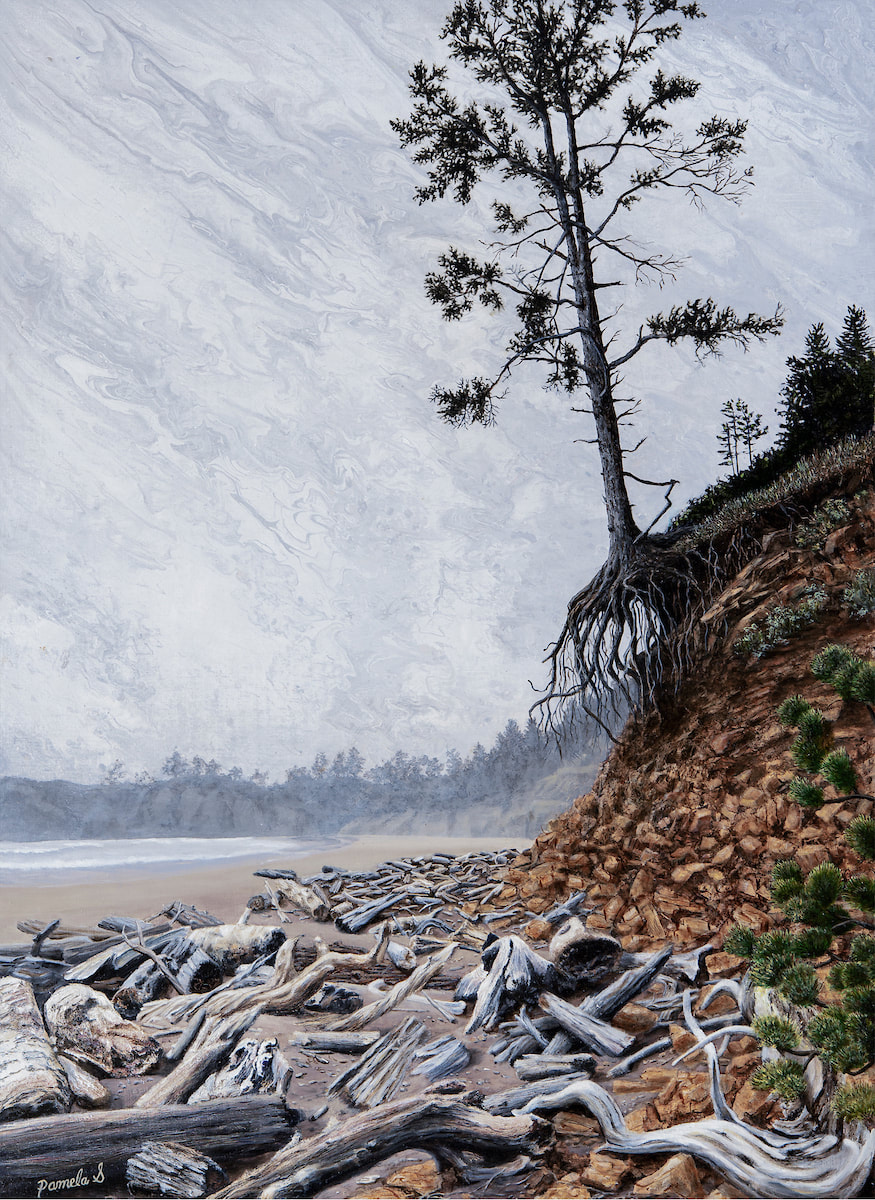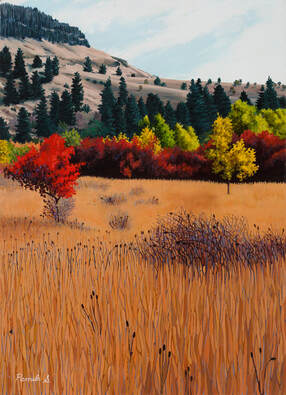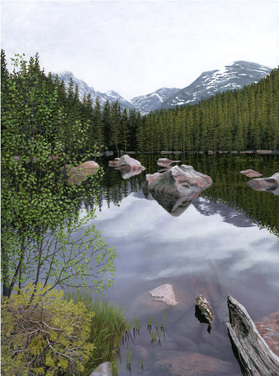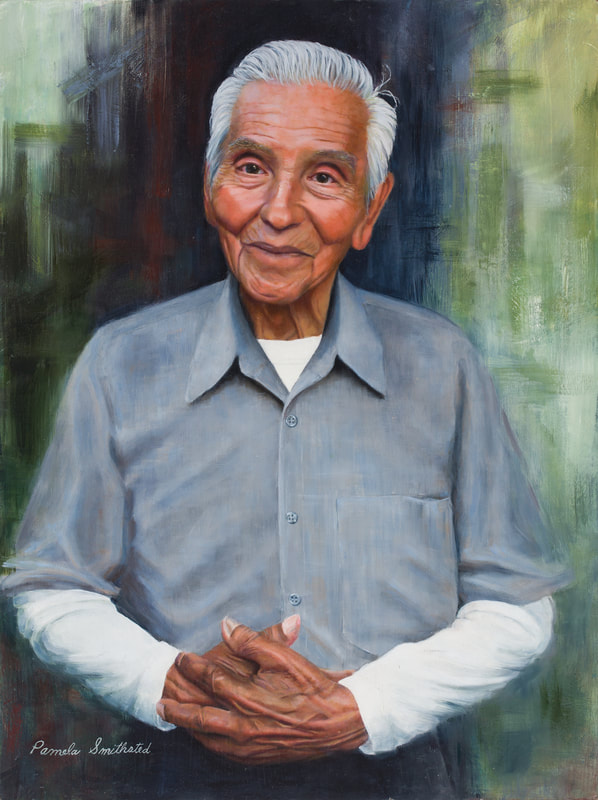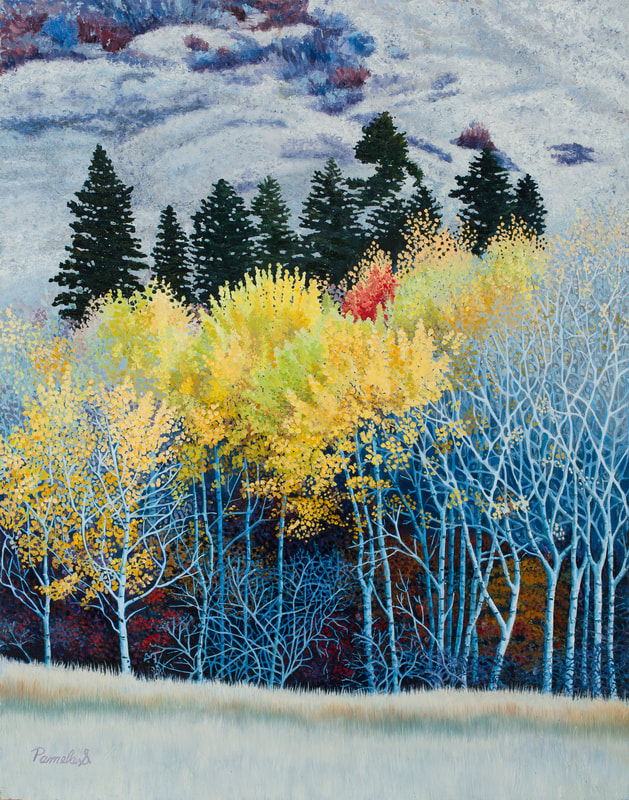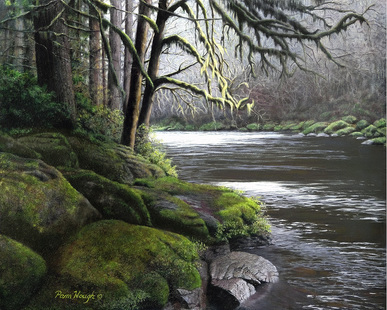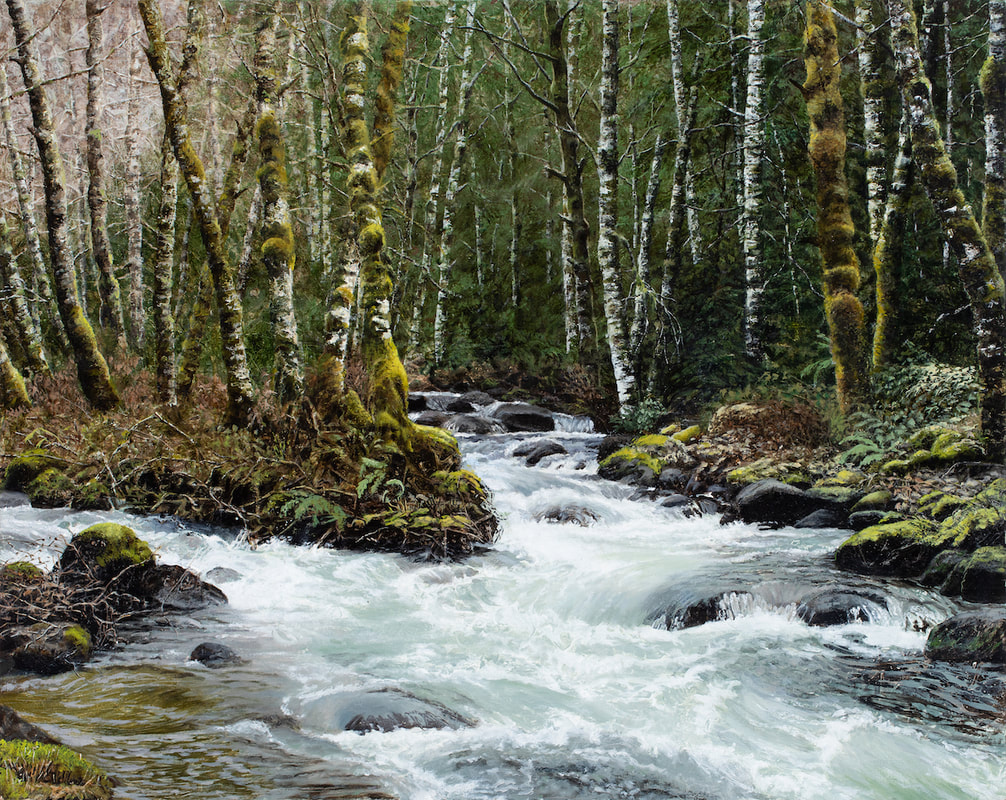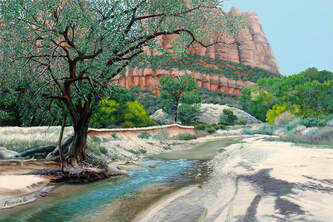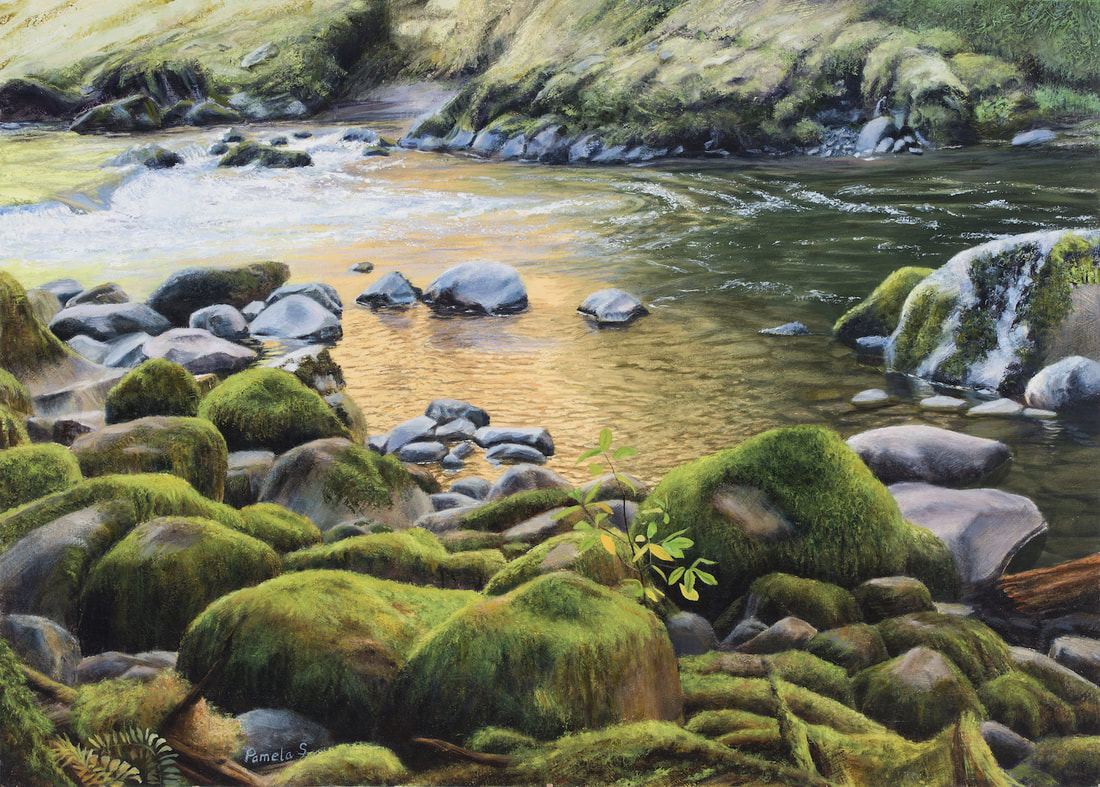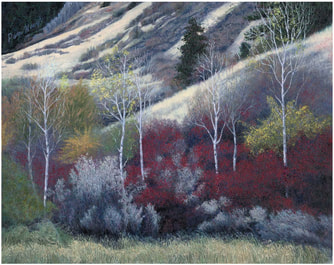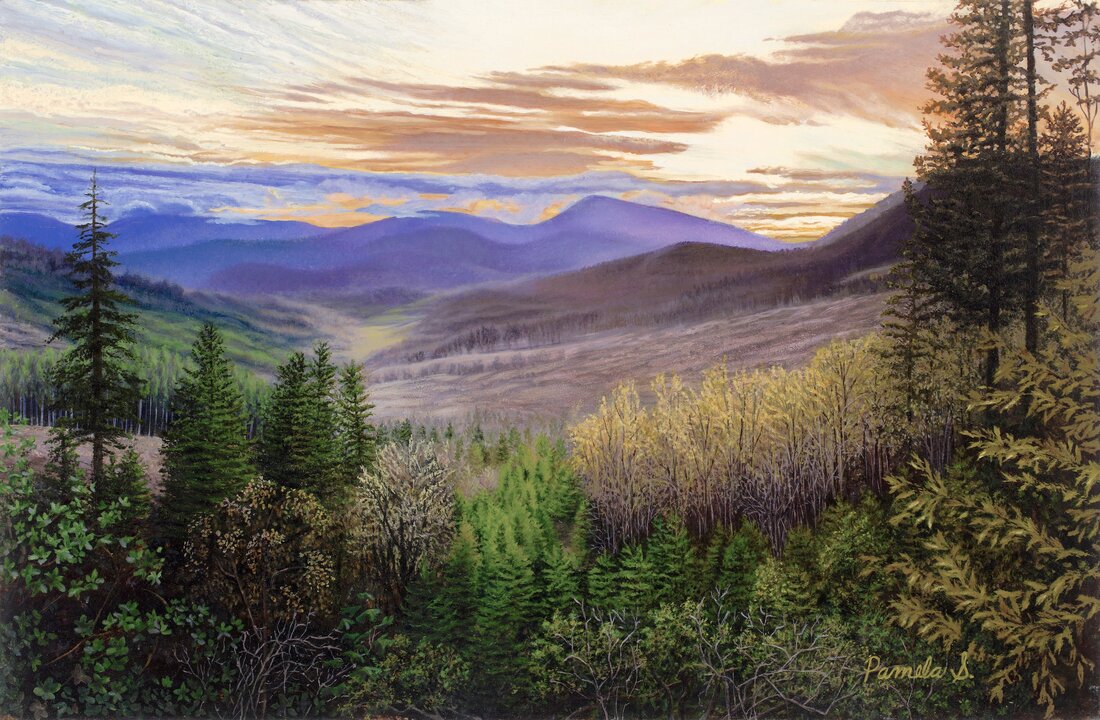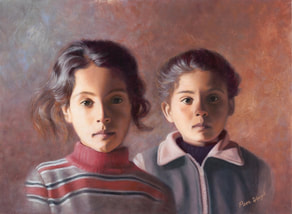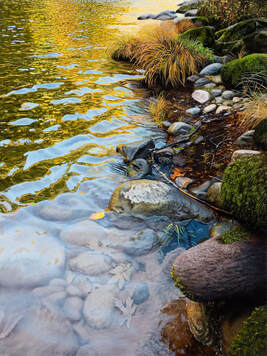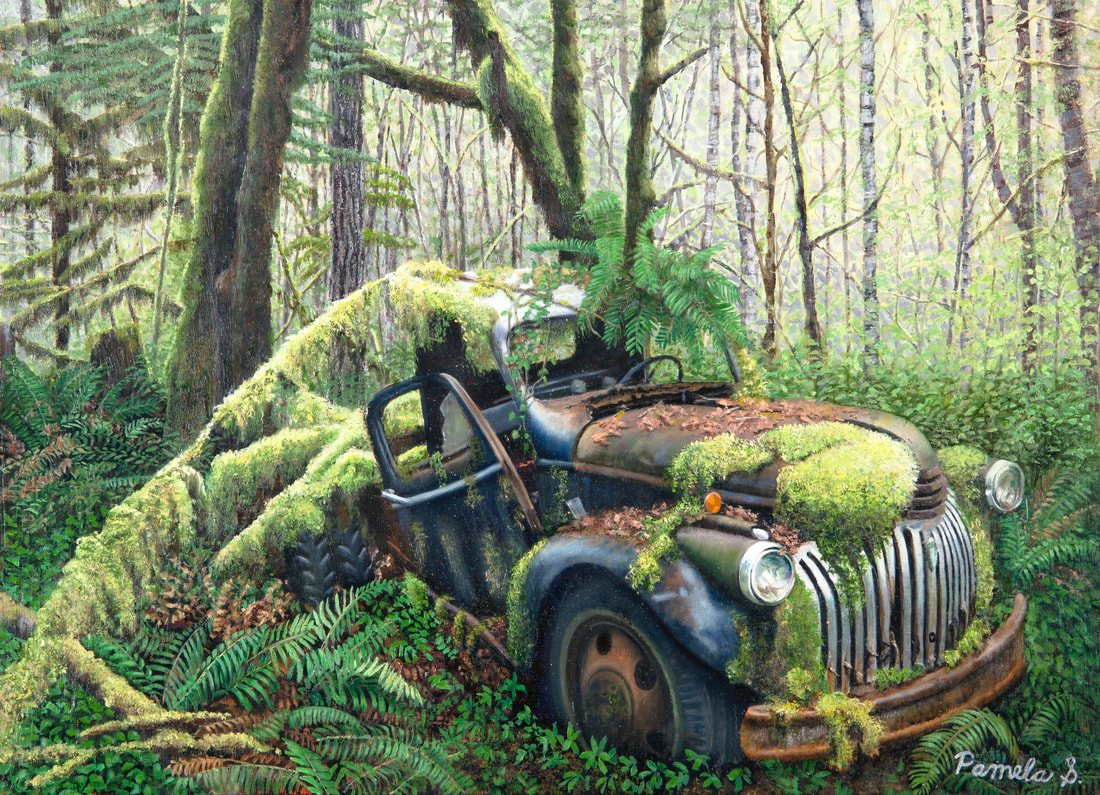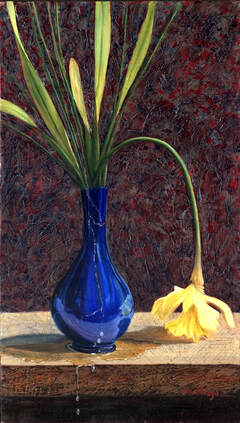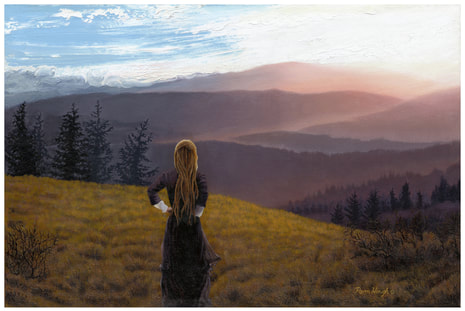Archived Works Please click on each image for more details.
Originals of paintings below are either sold or NFS. Most are available as gicleé reproductions, on 3/4" or 1 5/8" cradle board Reproductions can be made in sizes other than the original size listed. Prices and shipping costs will vary depending on your preferences. For questions about prices or shipping, please contact Pamela psmithsted@gmail.com |
What is a Giclee print?
Giclee printing is a type of inkjet printing – but importantly, not all inkjet prints are Giclee prints. Giclee quality prints are produced use archival pigments, rather than dyes, are very high resolution, and are printed on the finest museum grade papers and canvases available. The minimum life expectancy of these prints is 100 years in normal indoor lighting conditions.
Why editions are not limited?
The concept of limited editions in printmaking is controversial. Prior to the advent of gicleé printing, various processes were used which degraded after a certain number of prints. This made numbering necessary, as lower numbers often meant a higher quality print than higher numbers. "Editions" were "limited" to a certain number for this reason. I agree with many who feel that with giclee, the numbering system is unnecessary because your first print will be exactly like the next thousand prints, with no degradation in the process. So higher numbers are no less valuable than the lower ones, making the numbering system obsolete.
Giclee printing is a type of inkjet printing – but importantly, not all inkjet prints are Giclee prints. Giclee quality prints are produced use archival pigments, rather than dyes, are very high resolution, and are printed on the finest museum grade papers and canvases available. The minimum life expectancy of these prints is 100 years in normal indoor lighting conditions.
Why editions are not limited?
The concept of limited editions in printmaking is controversial. Prior to the advent of gicleé printing, various processes were used which degraded after a certain number of prints. This made numbering necessary, as lower numbers often meant a higher quality print than higher numbers. "Editions" were "limited" to a certain number for this reason. I agree with many who feel that with giclee, the numbering system is unnecessary because your first print will be exactly like the next thousand prints, with no degradation in the process. So higher numbers are no less valuable than the lower ones, making the numbering system obsolete.

